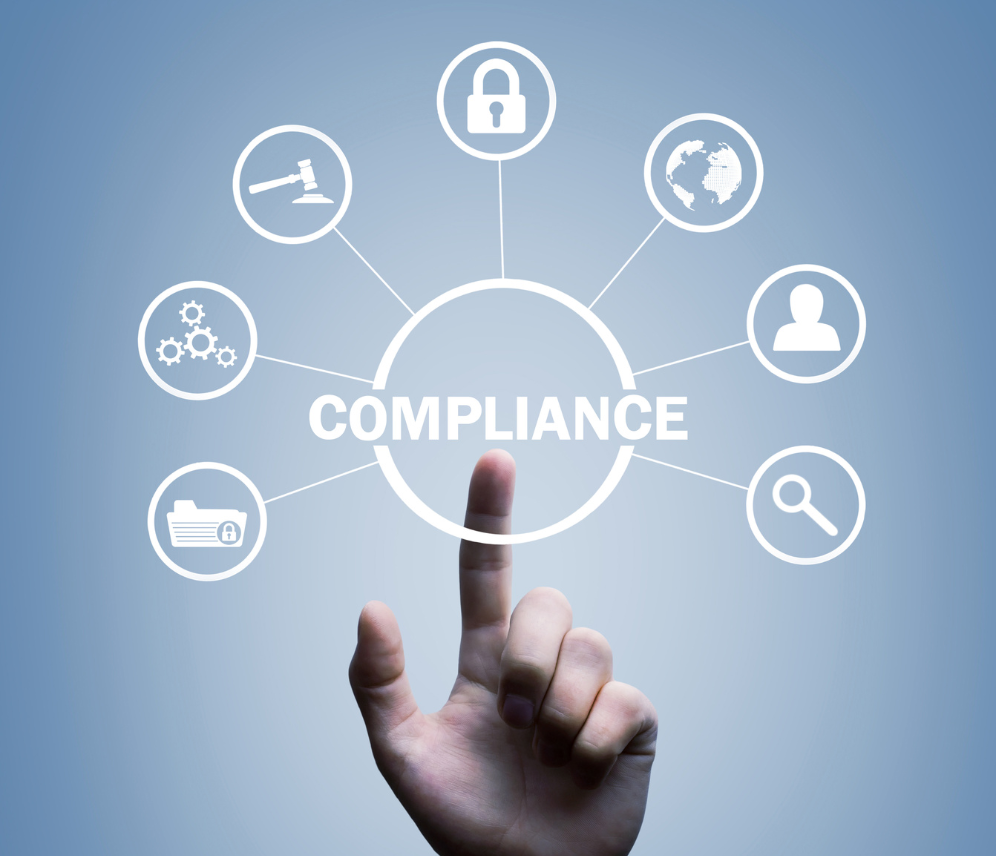RoHS Directive 2011/65 EU Compliance Certification Testing
The Restriction of Hazardous Substances (RoHS) Directive 2011/65/EU is a European Union regulation that restricts the use of certain hazardous substances in electrical and electronic equipment. Compliance with this directive is mandatory for all products sold within the EU, ensuring they are safe for human health and the environment. To ensure compliance, testing laboratories must perform rigorous certification testing.
The testing process involves several stages: initial assessment to determine if a product falls under the scope of RoHS; sample preparation; laboratory analysis using various techniques such as X-ray fluorescence (XRF), inductively coupled plasma mass spectrometry (ICP-MS), and gas chromatography-mass spectrometry (GC-MS); and finally, reporting results that must meet strict acceptance criteria.
The acceptance criteria for RoHS testing are based on the maximum allowed concentrations of hazardous substances such as lead (Pb), mercury (Hg), cadmium (Cd), hexavalent chromium (Cr(VI)), polybrominated biphenyls (PBB) and polybrominated diphenyl ethers (PBDE). Compliance is determined by measuring these elements in the product's components and ensuring they do not exceed the specified limits.
Our laboratory specializes in providing comprehensive RoHS Directive 2011/65/EU compliance certification testing services. Our team of experts ensures that your products meet all regulatory requirements, thereby protecting both human health and the environment. We employ cutting-edge analytical techniques to deliver accurate and reliable test results.
To assist you with this process, we offer a range of services including:
- Initial consultation on product scope
- Sampling and sample preparation
- Analytical testing using state-of-the-art equipment
- Comprehensive reporting and certification
- Training and advisory services for your quality managers, compliance officers, R&D engineers, and procurement teams
The importance of RoHS compliance cannot be overstated. By ensuring that your products are compliant with this directive, you can avoid potential legal issues, maintain a good reputation, and ensure the safety of consumers.
| Element | Maximum Allowed Concentration (ppm) |
|---|---|
| Pb (Lead) | 1000 |
| Hg (Mercury) | 1000 |
| Cd (Cadmium) | 100 |
| Cr(VI) (Hexavalent Chromium) | 300 |
| PBB (Polybrominated Biphenyls) | 1000 |
| PBDE (Polybrominated Diphenyl Ethers) | 1000 |
Scope and Methodology
The scope of RoHS Directive 2011/65/EU covers most electrical and electronic equipment. This includes products such as computers, televisions, refrigerators, toys, and medical devices. The directive aims to reduce the environmental impact of waste from these products by restricting the use of hazardous substances.
The methodology for RoHS testing involves several key steps:
- Initial assessment: Determine if a product falls under the scope of RoHS
- Sampling and sample preparation: Collect representative samples of the product's components
- Analytical testing: Use XRF, ICP-MS, GC-MS, and other techniques to measure concentrations of hazardous substances
- Reporting results: Compile a report that includes all test data and compliance status
The analytical testing phase is critical as it determines the accuracy of the results. We use advanced instruments such as XRF spectrometers for quick elemental analysis, ICP-MS systems for precise quantification of trace elements, and GC-MS equipment for detecting volatile organic compounds.
Our methodology ensures that all tests are conducted in strict accordance with international standards such as ISO/IEC 17025. This guarantees the highest level of accuracy and reliability in our test results.
Industry Applications
- Consumer Electronics: Testing for compliance with RoHS helps ensure that products are safe for consumers and do not pose a risk to their health.
- Medical Devices: Ensuring medical devices comply with RoHS prevents potential harm to patients due to hazardous substances.
- Automotive Industry: The automotive sector must adhere to strict environmental regulations, including those related to RoHS compliance.
- Government and Public Sector: Compliance is essential for products used in government and public infrastructure projects.
| Product Type | Risk Category |
|---|---|
| Televisions | High Risk |
| Personal Computers | Moderate Risk |
| Medical Devices | Very High Risk |
The risk categories assigned to different products under RoHS are based on the potential for harm they may cause. Products in high-risk categories, such as televisions and medical devices, require stringent compliance checks.
Competitive Advantage and Market Impact
Compliance with RoHS not only ensures the safety of products but also provides significant competitive advantages. By ensuring that your products meet all regulatory requirements, you can avoid costly legal penalties and negative publicity.
- Market Access: Compliance is a prerequisite for selling products within the EU market. Non-compliance can result in exclusion from this lucrative market.
- Consumer Trust: Consumers are increasingly aware of environmental issues, and compliance with RoHS shows that your company is committed to sustainability.
- Sales Growth: Meeting regulatory requirements opens up new markets and increases sales opportunities for compliant products.
In addition to these immediate benefits, long-term adherence to RoHS standards can contribute to a positive corporate image. This enhances brand reputation and fosters customer loyalty.





